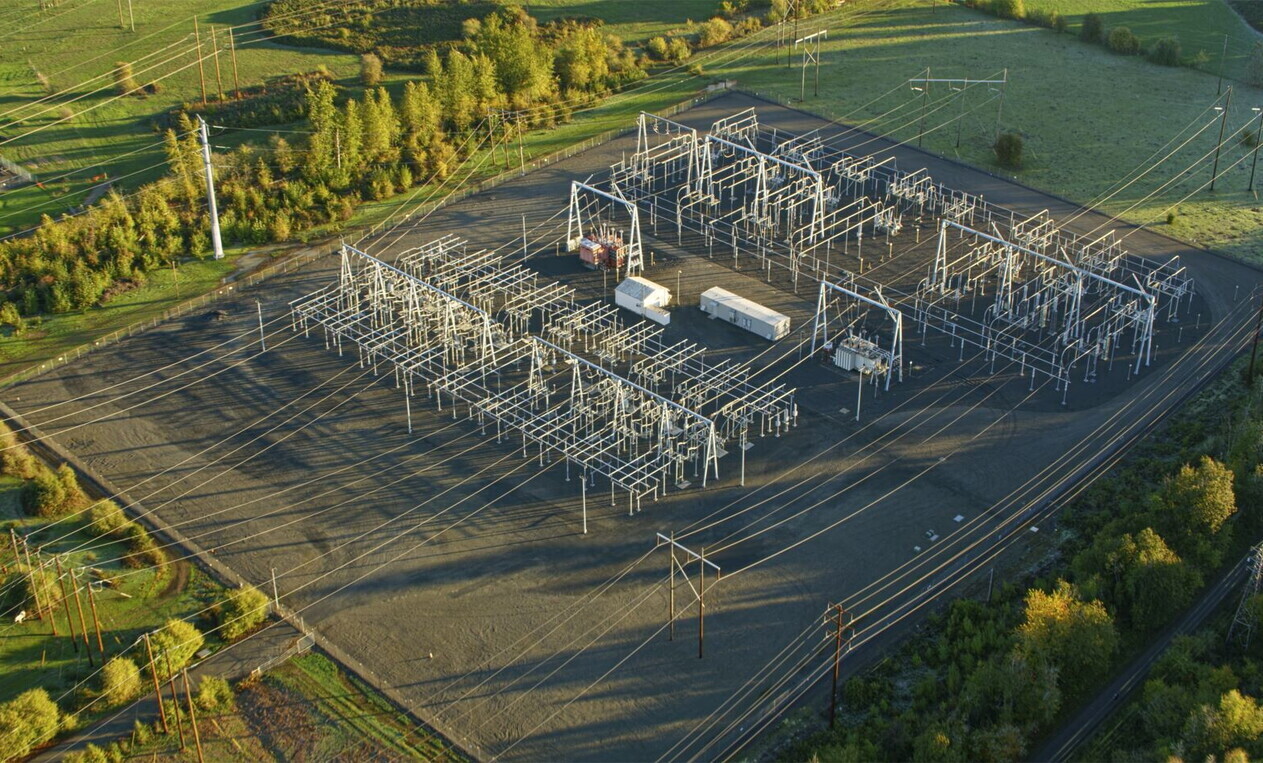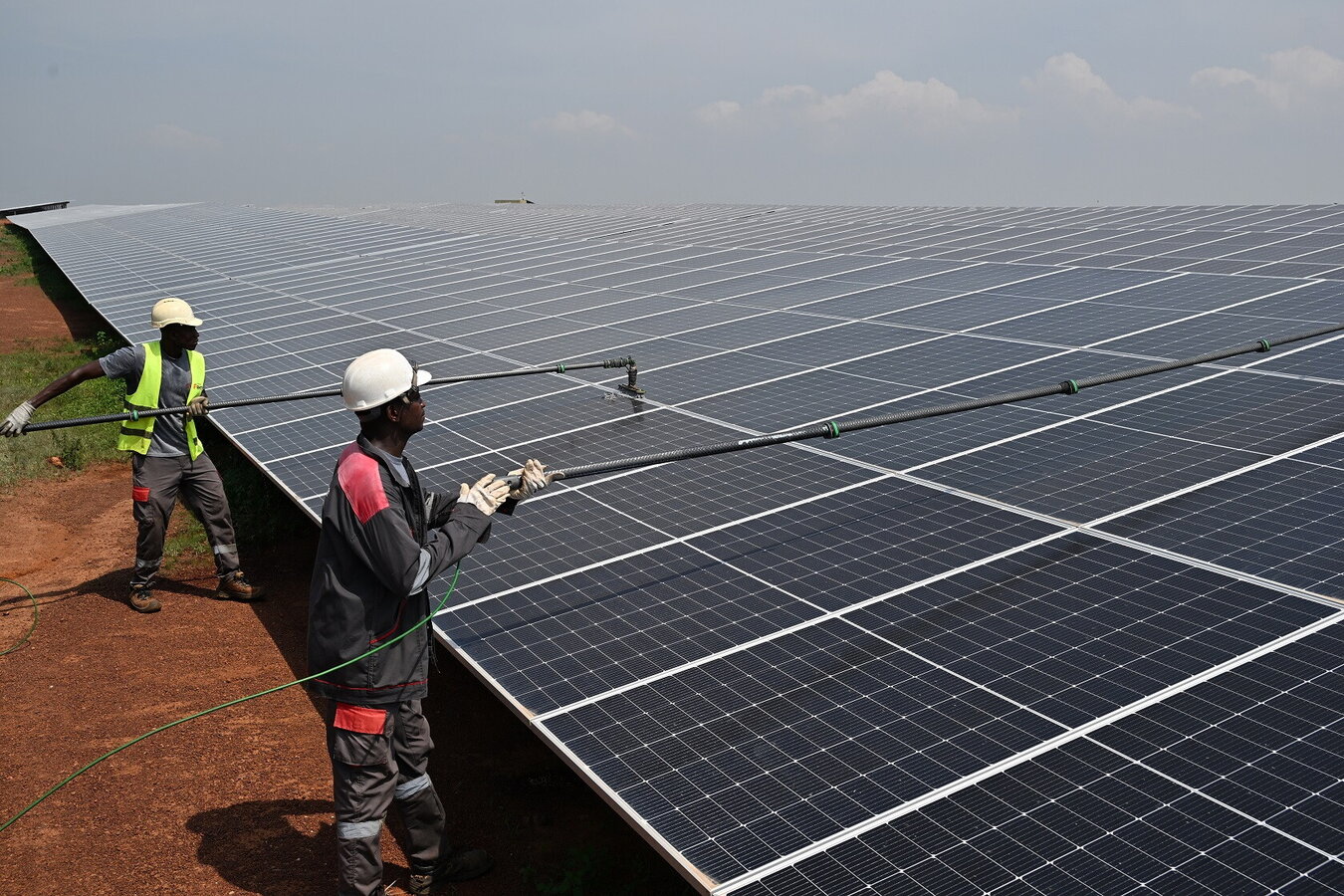
Energy efficiency in the United States
Build, baby, build
The main energy challenge currently facing the United States is the construction of sufficient infrastructure to meet domestic demand and support exports —a need voiced by both fossil fuel producers and renewable energy developers
10 minPresident Trump often repeats the slogan “drill, baby, drill,” first popularized in 2008 when the shale boom was starting and U.S. oil imports were near record highs. The landscape has shifted: the United States is now the world’s largest oil and gas producer, and companies worry less about resource access than about the infrastructure needed to meet rising domestic demand and sustain exports. Both fossil-fuel and renewable-energy industries now urge Washington to “build, baby, build.” Can the country deliver?
The remarkable development of recent years
Over the past 15 years, much energy infrastructure has been built despite persistent obstacles. The shale boom began in the late 2000s, and production surged. In late 2015, the United States ended a 40-year ban on crude-oil exports and quickly became one of the world’s top exporters. In 2024, it shipped 4.2 million barrels per day (b/d) of crude oil and 10.8 million b/d of combined crude, petroleum products, and natural-gas liquids —more than either Russia or Saudi Arabia. Gas followed a similar trajectory. The United States exported no liquefied natural gas (LNG) at the start of 2016 but became the world’s largest LNG exporter by 2023. In 2024 it sent out 11.9 billion cubic feet per day (Bcf/d), well ahead of Qatar and Australia. By 2030, the United States could supply about 30 percent of global LNG.
An extraordinary infrastructure build-out enabled this export boom. The U.S. oilfield services industry marshalled the materials, expertise, and capital to build pipeline infrastructure, crude oil loading terminals, liquefaction facilities, and many other parts of the value chain.

Naturally, there have been plenty of challenges. Much of the infrastructure was built in so-called red states that welcome fossil fuel and industrial developments. Pipeline takeaway capacity is still tight in the Northeast and elsewhere. Concerns over market, climate, and local impacts of LNG exports prompted President Joe Biden to “pause” federal permits for new export terminals. Even so, the United States has built enough infrastructure to sustain a transformative shift in its energy production and exports.
More recently, tax incentives in the Inflation Reduction Act (IRA) and other recent laws have triggered a surge of investment in renewables, lower-carbon fuels, and related sectors. In 2024 alone, more than $270 billion went into clean energy, electric vehicles, building electrification, and carbon management.
Yet renewable energy and fossil fuels alike face infrastructure constraints. Advocates of “resource abundance” agree that the United States needs to remove these obstacles to remain economically competitive. Without faster permitting, construction, and deployment, the United States will fall behind China, which is now realizing the fruits of a 20-year effort to build capacity in clean energy, electrification, battery manufacturing, and automotive exports.
Next stage of growth
Over the past year, the U.S. debate on energy infrastructure has shifted. Surging demand from data centers, AI workloads, semiconductor fabs, and other manufacturers is raising supply concerns. After decades of flat electricity use, utilities now expect significant load growth. The North American Electric Reliability Corporation projects peak winter demand will rise 18 percent in the next decade. S&P Global estimates that 2024-30 U.S. data centers could add demand equal to New York City’s entire consumption. The International Energy Agency projects global data-center use could double by 2030 to about 945 terawatt-hours. If AI hardware becomes more efficient, these figures may prove high, but the industry’s rapid expansion has sharpened attention.
Policymakers are aware that other countries are competing to attract these strategically important industries, and they see abundant, reliable energy as an advantage for the United States. But it will be challenging to develop the resources it will take to satisfy this anticipated demand and to ensure grid stability. Several trends are apparent, encompassing oil and gas as well as renewable energy.
First, efforts will need to be made to have various types of energy available
First, many types of energy will be required. Tech companies, even those with ambitious emissions reduction goals, are pursuing an “all of the above” strategy to secure supplies from renewable energy, natural gas, nuclear energy, and advanced geothermal. Policymakers should take note of this holistic approach to energy sources. Natural gas is an essential dispatchable source, but “speed to power” is important as well. In this respect, renewable energy has important advantages, especially solar energy and battery storage. Solar energy advocates contrast the rapid pace and low cost of solar deployment with the long lead times for the gas turbines needed for gas-fired power generation. The U.S. Energy Information Administration (EIA) estimates that solar and batteries will account for 81 percent of utility-scale capacity additions in the United States this year.
Second, tensions could emerge between meeting domestic demand and supporting export growth —particularly for natural gas. Gas is now the largest fuel source for power generation, even as the United States has expanded LNG exports and pipeline deliveries to Mexico. This year, natural gas flows to U.S. LNG export facilities topped 15 Bcf/d, and new terminals expected in 2025 and 2026 will add another 6 Bcf/d. With additional projects under construction, LNG export capacity could nearly double over six years —and more proposals are still in the queue.

Many companies believe rising demand for natural gas will draw out sufficient supply. But in today’s context of macroeconomic uncertainty and lower oil prices, associated gas —produced alongside oil in places like the Permian Basin— may be more vulnerable. The United States could follow a pattern seen in countries like Egypt and Australia, which built LNG export capacity only to face tighter-than-expected domestic markets. The U.S. resource base is vast, but can it devote a quarter of its gas production to LNG exports without pushing up domestic prices? A key factor is whether developers can build enough pipeline capacity to link producing basins with emerging demand centers and export terminals.
A third challenge is permitting and approvals. Building large-scale energy infrastructure in the United States is difficult. Federal, state, and local approvals are often needed, and projects can be blocked or delayed at any level. Environmental reviews are especially complex for interstate projects and those on federal land. Legal challenges can arise at multiple stages, creating uncertainty even for fully permitted projects. Public support also varies widely, particularly for fossil fuel infrastructure.
Energy companies and policymakers across the board recognize the need to speed up project development. The growing interconnection queue for grid access has raised alarms. Permitting reform was a major topic in Washington last year, and a Senate bill aimed at easing approvals for both fossil fuel and renewable projects made some headway before stalling ahead of the 2024 elections. President Trump addressed the issue through his “Unleashing American Energy” executive order, which aimed to streamline permitting and federal reviews, though concrete outcomes remain limited. Washington’s current focus on AI competitiveness may help drive progress —either through an upcoming reconciliation bill on energy and climate, or a future standalone measure.
New mindset on energy development
Few countries enjoy the resource abundance of the United States —from oil and gas reserves to wind and solar resources, to established nuclear and hydropower. The country also has unique strengths in technology and R&D, entrepreneurship, and deep capital markets that support resource development.
Still, in recent years, energy policy has become increasingly politicized. President Biden issued a moratorium on oil and gas leasing on public lands during his first days in office, while President Trump halted leasing and permitting for offshore wind. At the time of writing, House Republicans are pushing for major changes to tax credits for wind, solar, and low-carbon manufacturing —moves that would undercut the post-IRA investment boom. Energy, like many other issues in a divided United States, has become tribalized.
Perhaps the twin specter of growing energy demand and growing competition from China will lead to a more dispassionate view of various energy sources, including their strengths, weaknesses, and complementarities. The United States has all the tools to be a diversified energy superpower, rather than simply doubling down on fossil fuels. But to deploy enough energy to keep its economic edge, policymakers will have to take advantage of all energy resources.

